THE ULTIMATE
MAYA COURSE
Become a Professional 3D Artist
Take the First Right Step to Start your Career in 3D
COURSE SNAPSHOT
This four-month structured recorded video course is designed to take you from a beginner to a professional 3D artist at your own pace. Covering Autodesk Maya’s complete 3D production pipeline, this course provides in-depth training on modeling, texturing, rigging, animation, lighting, and rendering using industry-standard techniques. You’ll start by mastering the fundamentals of Maya’s interface and core tools before diving into polygonal and NURBS modeling to create complex characters, props, and environments. As you progress, you’ll explore shading and texturing, learning to develop realistic materials and UV mapping for seamless texture application. The course also covers rigging and animation, guiding you through the process of building character skeletons and creating lifelike movements with key principles of motion. Finally, you’ll master lighting and rendering techniques using Arnold and other rendering engines to achieve stunning, production-quality visuals. This structured, self-paced program includes step-by-step recorded lessons, assignments, and hands-on projects, ensuring you build a strong portfolio for careers in animation, VFX, and game development. Whether you're an aspiring artist or looking to refine your skills, this course is your complete roadmap to mastering Maya in just four months. Enroll now and bring your 3D visions to life!
COURSE CONTENT
Fundamentals
This foundational section provides a complete introduction to Maya and its essential tools. Students will begin by exploring the interface, understanding how to navigate and manage the workspace, Outliner, and viewports. Key concepts such as project setup, file management, and the use of the Channel Box and Attribute Editor are covered. The course also introduces basic transformations, object creation, and scene organization, ensuring students develop a strong understanding of Maya's core functionality. By the end, students will be comfortable with Maya’s user interface and be ready to begin creating and manipulating 3D objects.
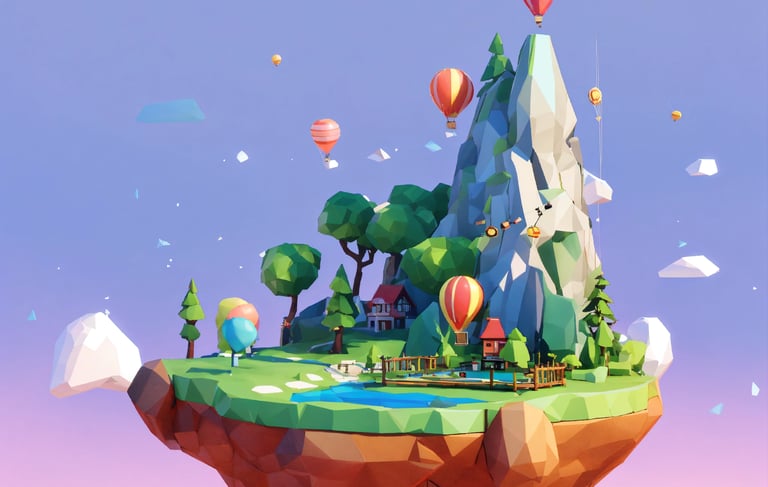

Modeling
In the Modeling section, students will delve into the two primary methods of 3D modeling: Polygonal Modeling and NURBS Modeling. For polygonal modeling, the focus will be on creating 3D objects by manipulating vertices, edges, and faces, using tools like extrusion, beveling, and subdivision for detail refinement. Students will also learn about proper edge flow and topology, which are crucial for creating models optimized for animation. In NURBS Modeling, students will explore curve-based surfaces ideal for organic shapes, using tools like lofting and revolving to create smooth and complex forms. By the end of this section, students will have developed skills in creating both hard surface and organic models.
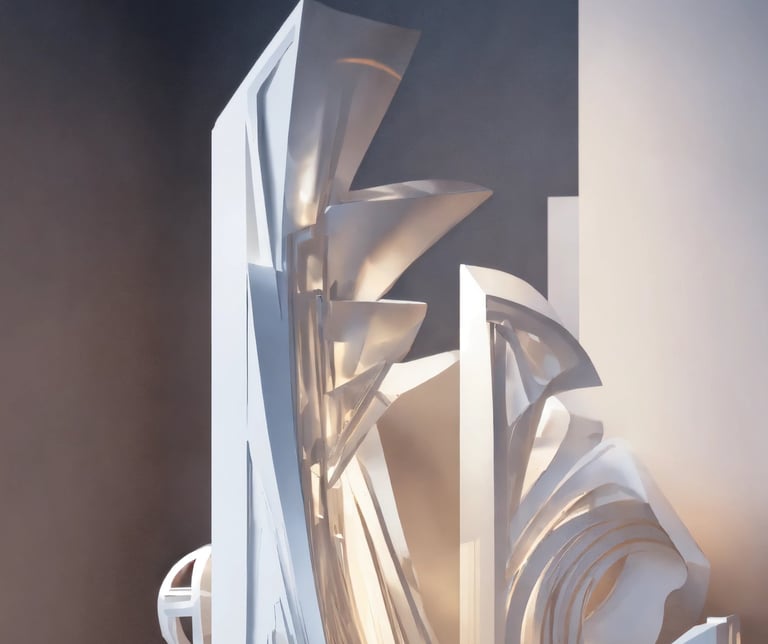

Shading and Texturing
The Shading and Texturing section introduces students to the process of adding realistic materials and textures to 3D models. Students will begin by learning how to create basic shaders using Maya’s built-in materials and will progress to more advanced shader networks using the Hypershade editor. Topics covered include working with different shader types (Blinn, Phong, Lambert, etc.), understanding diffuse, specular, and reflection properties, and using procedural textures. Students will also explore the basics of UV mapping, ensuring their models are correctly unwrapped to apply textures efficiently. By the end, students will be able to create, apply, and edit materials and textures, bringing their models to life with realistic surfaces.
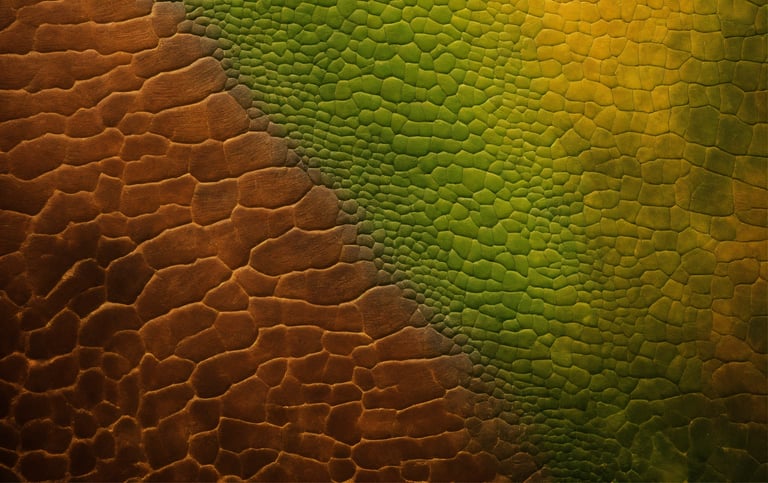

Rigging
The Rigging section will guide students through the process of creating skeletons and control rigs for 3D models, preparing them for animation. Beginning with the basics of joint creation and hierarchy, students will learn how to build skeletons that deform correctly with the mesh. Topics include creating IK (Inverse Kinematics) and FK (Forward Kinematics) controls, setting up constraints, and creating custom rigs for characters and mechanical objects. Students will also explore skinning techniques to bind the rig to the model for smooth deformations. By the end of this section, students will be capable of building functional rigs that can be animated with ease and precision.
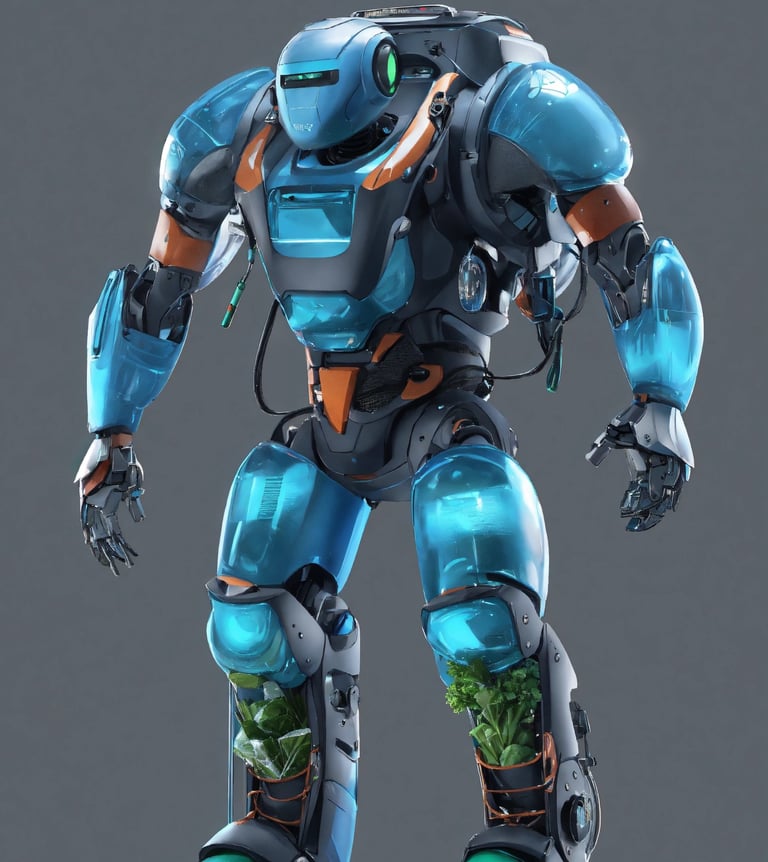

Animation
In the Animation section, students will learn the core principles of animation, starting with basic keyframing techniques in Maya. They will explore the timeline and graph editor to create smooth, realistic motion for objects, characters, and cameras. Topics such as squash and stretch, anticipation, timing, and secondary motion will be applied to 3D animations, helping students create dynamic and engaging animated sequences. Students will also experiment with motion paths, constraints, and parenting to animate complex scenes. By the end, students will have completed several animations, demonstrating their understanding of timing, posing, and movement.
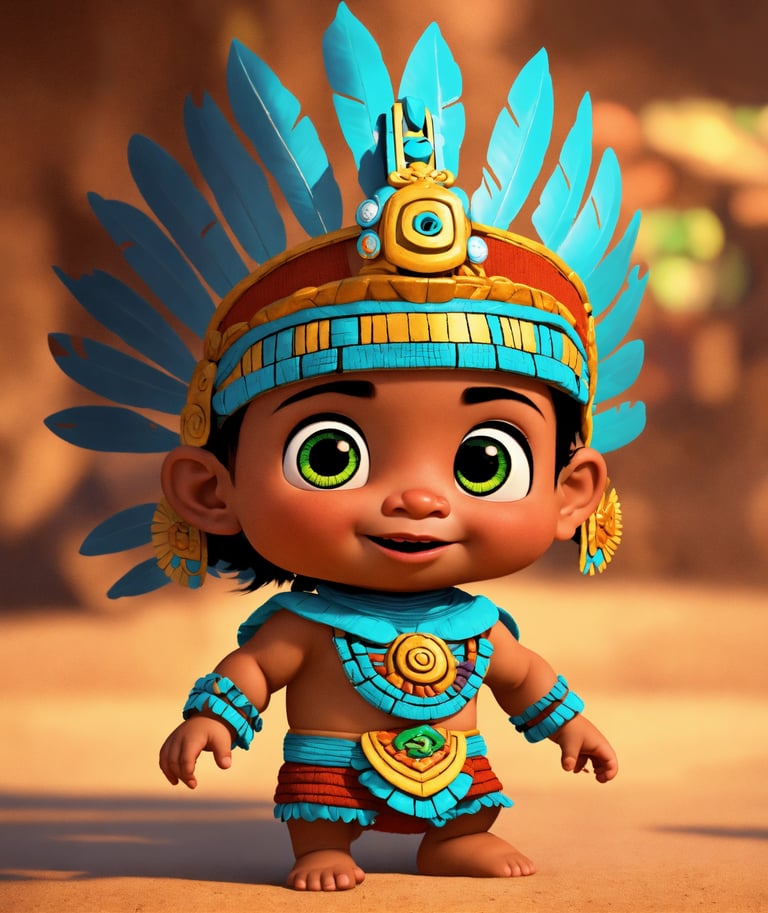

Lighting
The Lighting section focuses on the techniques required to illuminate 3D scenes realistically. Students will learn about the different types of lights available in Maya, such as directional, point, spot, and area lights, and how to position and manipulate them to achieve various effects. They will explore concepts like light intensity, shadows, and falloff, as well as more advanced techniques like Global Illumination and HDRI lighting for realistic rendering. By the end, students will understand how to light a scene effectively to enhance the mood, composition, and realism of their 3D models and animations.
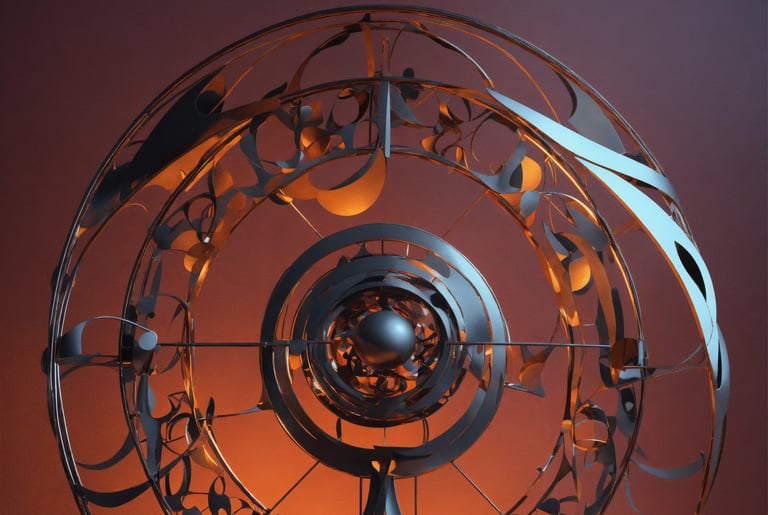

Rendering
The Rendering section introduces students to the final step of the 3D production pipeline: creating high-quality, photo-realistic images and animations. Students will begin by exploring the basics of Maya’s built-in rendering engines, such as Arnold, learning how to configure render settings for different outputs, including resolution, frame rate, and file formats. Topics include understanding ray tracing, sampling, and the importance of optimizing renders for both speed and quality. Students will also explore lighting and material interactions during the rendering process, such as reflection, refraction, and global illumination.
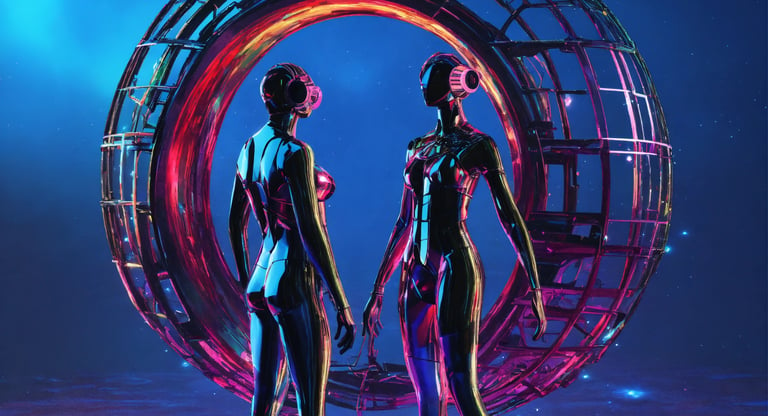

STUDENT WORK




Fill Up the Form and Let Us Call You for More Info:
OR
8800418877
8800606360
Talk to Us at:
Copyright @ 2024 BLACKBOX. All Rights reserved.
Contacts
8800418877
8800606360
Address:
1812-1817, 17th Floor, Office Spaces,
Galaxy Blue Sapphire Plaza, Greater Noida West
"Jai Shree Ram"
